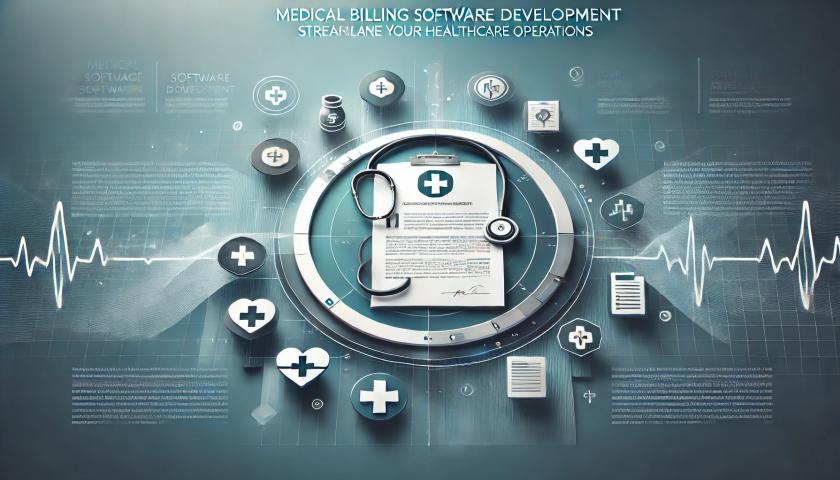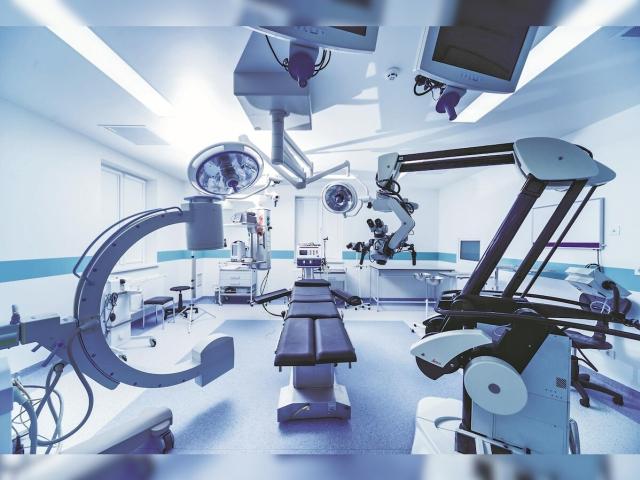The India medical
devices market size reached USD 18.02 Billion in
2024. The market is expected to grow to USD 30.64 Billion by
2033, exhibiting a growth rate (CAGR) of..
The India medicaldevices market size reached USD 18.02 Billion in
2024. The market is expected to grow to USD 30.64 Billion by
2033, exhibiting a growth rate (CAGR) of 6.08%..
The Global Medical Radiation Detection Market Report presents an in-depth analysis, merging qualitative and quantitative insights to provide a holistic understanding of the market's dynamics. The report evaluates growth drivers,..
In the ever-evolving landscape of healthcare, uniforms have transformed from mere professional attire into essential symbols of hygiene, identity, and trust. As hospitals, clinics, and laboratories raise their standards for..
The Global Sterile Medical Packaging Market Report 2025 offers a thorough and data-driven analysis of the Sterile Medical Packaging Market industry, covering key aspects such as market size, growth drivers,..
In recent years, the global Medical Affairs Outsourcing Market has undergone a transformative journey, fueled by evolving consumer demands, cutting-edge innovations, and an increasing focus on sustainability. Our comprehensive Medical..
In recent years, the global Medical Affairs Outsourcing Market has undergone a transformative journey, fueled by evolving consumer demands, cutting-edge innovations, and an increasing focus on sustainability. Our comprehensive Medical..
The Global Medical Implants Market Report 2025 offers a thorough and data-driven analysis of the Medical Implants Market industry, covering key aspects such as market size, growth drivers, limitations, and..
The Global Medical Device Analytical Testing Outsourcing Market Report presents an in-depth analysis, merging qualitative and quantitative insights to provide a holistic understanding of the market's dynamics. The report evaluates..
The Global Medical Device Analytical Testing Outsourcing Market Report presents an in-depth analysis, merging qualitative and quantitative insights to provide a holistic understanding of the market's dynamics. The report evaluates..
IntroductionAs businesses increasingly move to subscription-based models, the demand for seamless recurring billing solutions has never been higher. Whether you run a SaaS company, offer membership services, or manage an..
The Global Medical Billing Software Market Report presents an in-depth analysis, merging qualitative and quantitative insights to provide a holistic understanding of the market's dynamics. The report evaluates growth drivers,..
In the ever-evolving world of financial technology, recurring billing has emerged as a vital engine driving profitability, user retention, and scalable growth. From subscription-based SaaS models to automated digital lending..
Everything about MUSE POS HardwareMUSE POS hardware comprises a barcode scanner, receipt printer, label printer, cash drawer, scale for weighing items, and a card machine for processing debit or credit..
The healthcare industry is increasingly reliant on advanced digital solutions to streamline processes, and medical billing software is at the forefront. It optimizes revenue cycles, reduces errors, and ensures compliance..
Choosing the best billing software is crucial for businesses of all sizes. An efficient billing system ensures seamless financial transactions, accurate invoicing, and smooth operations, which are vital for maintaining..
When AI first started coming into recruitment, we entered one of the industry’s most contentious debates: Will recruiting technologies like AI replace human recruiters? As we move through 2025, the..
Software-as-a-Service (SaaS) has evolved from a simple cloud delivery model into a central pillar of enterprise innovation. For large corporations managing complex global operations, SaaS platforms offer agility, security, and..










